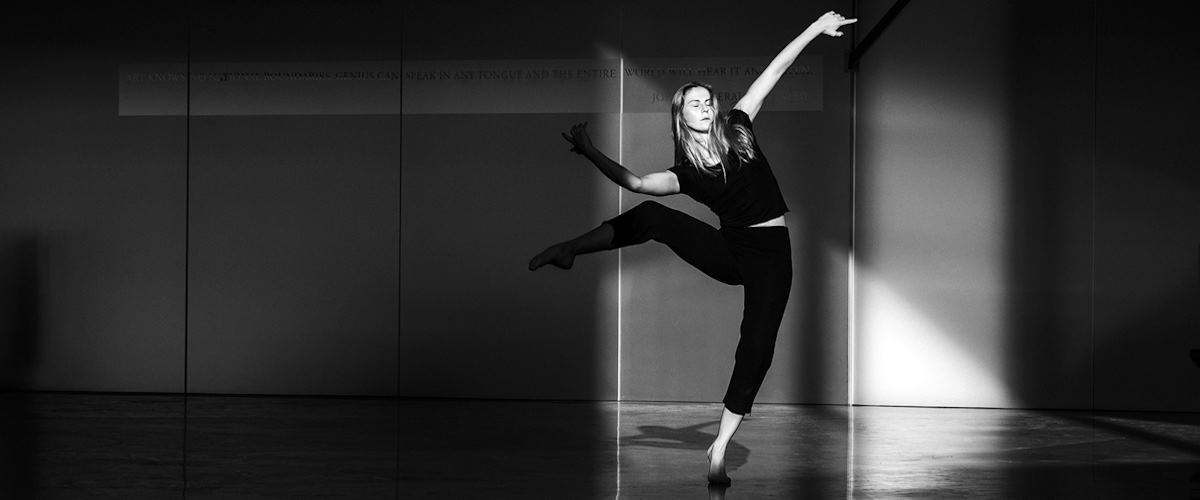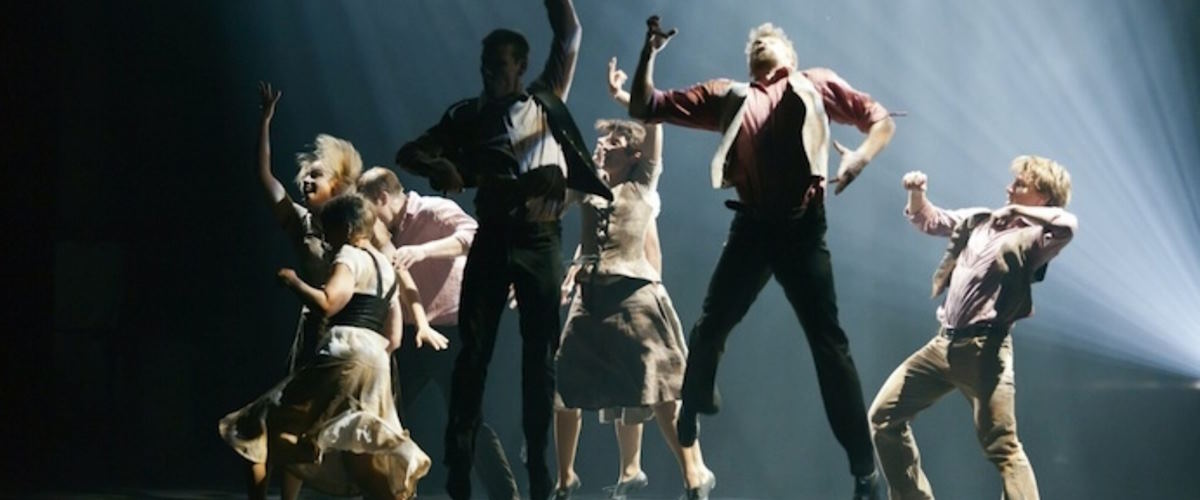Music and dance have been intertwined throughout history, each influencing and enhancing the other. This synergy between music and dance creates a dynamic experience that engages both the body and the soul.
The Synergy Between Music and Dance
The relationship between music and dance is one of mutual enhancement. Music provides the rhythm, melody, and emotional backdrop, while dance translates these elements into physical expression. This interplay can be seen in various settings, from cultural celebrations to contemporary performances. Key aspects include:
- Rhythm: The beat of the music often dictates the movement in dance, guiding how dancers interpret and express the sound.
- Mood: Different musical genres evoke distinct emotions, which dancers embody through their movements, enhancing the overall experience for the audience.
The Emotional Connection of Music and Dance
Both music and dance evoke powerful emotions, creating a profound connection. This emotional bond can resonate deeply with audiences, making performances memorable. Consider these elements:
- Storytelling: Dance often tells a story, and music provides the emotional context, enriching the narrative.
- Cultural Expression: Different cultures use music and dance to express their identities and traditions, forging connections between individuals and communities.
The Evolution of Dance Genres with Musical Trends
Dance genres have evolved alongside musical trends, reflecting societal changes and technological advancements. Some notable trends include:
- Swing Dance: Originating in the jazz era, swing dance evolved with the lively rhythms of the time.
- Hip-Hop: Emerging from urban culture, hip-hop dance reflects the beats and themes of hip-hop music, showcasing individuality and creativity.
- Contemporary Dance: Influenced by various musical styles, contemporary dance explores a blend of movement that often challenges traditional forms.
The relationship between music and dance is a vibrant and evolving partnership. The synergy between these two art forms not only enhances artistic expression but also fosters emotional connections that resonate with audiences. As musical trends continue to change, so too will the dance genres that emerge, ensuring this timeless connection remains relevant and dynamic.



 Rubi Godin, a music journalist and passionate listener, uses her blog to share her unique take on music’s evolving landscape. Her articles cover everything from mainstream hits to underground beats, always with an ear for authenticity.
Rubi Godin, a music journalist and passionate listener, uses her blog to share her unique take on music’s evolving landscape. Her articles cover everything from mainstream hits to underground beats, always with an ear for authenticity. 